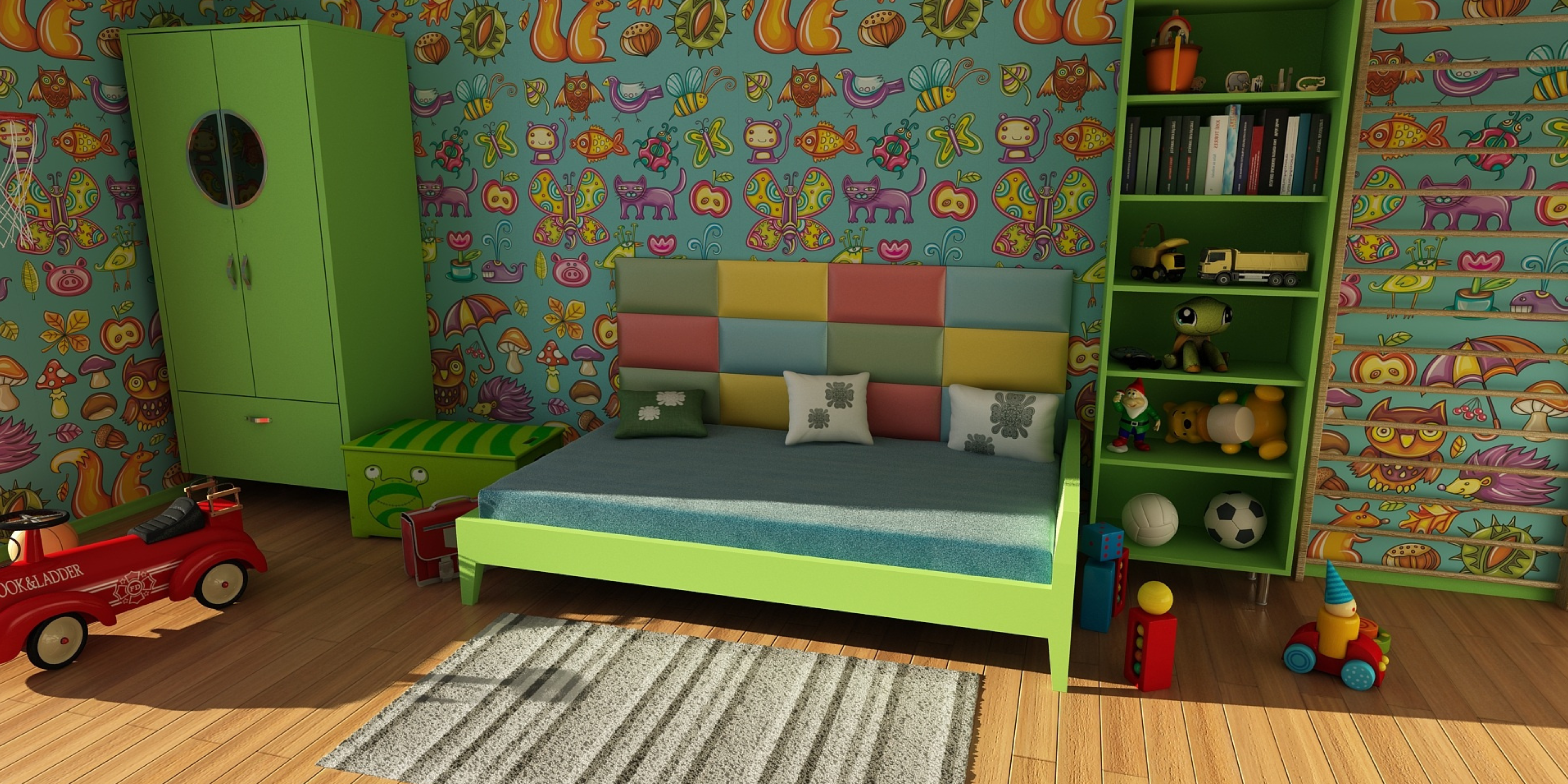
When it comes to interior design and furniture for the kids’ room, it is important to create a space that is both functional and visually appealing. Incorporating elements such as vibrant colors, playful patterns, and age-appropriate furniture can help stimulate their imagination and foster a sense of creativity. Additionally, considering storage solutions and incorporating ergonomic furniture can ensure that the room remains organized and comfortable for your child as they grow. Furthermore, it is essential to involve your child in the design process to create a room that reflects their personality and interests. This can be done by allowing them to choose colors or themes they love and incorporating their artwork or favorite toys into the decor. By creating a space that is tailored to their preferences, you can help foster a sense of ownership and pride in their room. In addition, providing ample natural light and creating designated spaces for different activities, such as a reading nook or an art corner, can further enhance the creativity and functionality of the room. Moreover, considering the use of versatile furniture that can adapt to your child’s changing needs and interests over time can ensure that the room remains a stimulating and inspiring environment as they continue to grow. Furthermore, incorporating organizational systems, such as shelves and bins, can help teach your child the importance of keeping their space tidy and organized. This can also make it easier for them to find and access their belongings, promoting independence and responsibility. Additionally, involving your child in the design process can be a fun and educational experience for both of you, allowing them to express their creativity and learn about different design concepts.By involving your child in the design process, you can also foster a sense of ownership and pride in their space. This can help them develop a positive attitude towards taking care of their room and belongings. Moreover, regularly updating the room’s decor based on their evolving interests can also encourage their creativity and adaptability as they grow older. Involving your child in the design process can also teach them valuable decision-making skills and problem-solving abilities. It allows them to make choices and consider different options, helping them develop their own personal style and taste. This can be a great opportunity for them to learn about budgeting and resourcefulness as well, as they may need to prioritize certain items or find creative ways to achieve the desired look within a set budget.Additionally, involving your child in the design process can foster a sense of ownership and pride in their space. They will feel a sense of accomplishment and satisfaction knowing that they played a role in creating a room that reflects their unique personality and interests. This can also strengthen the parent-child bond as you work together to bring their vision to life.
